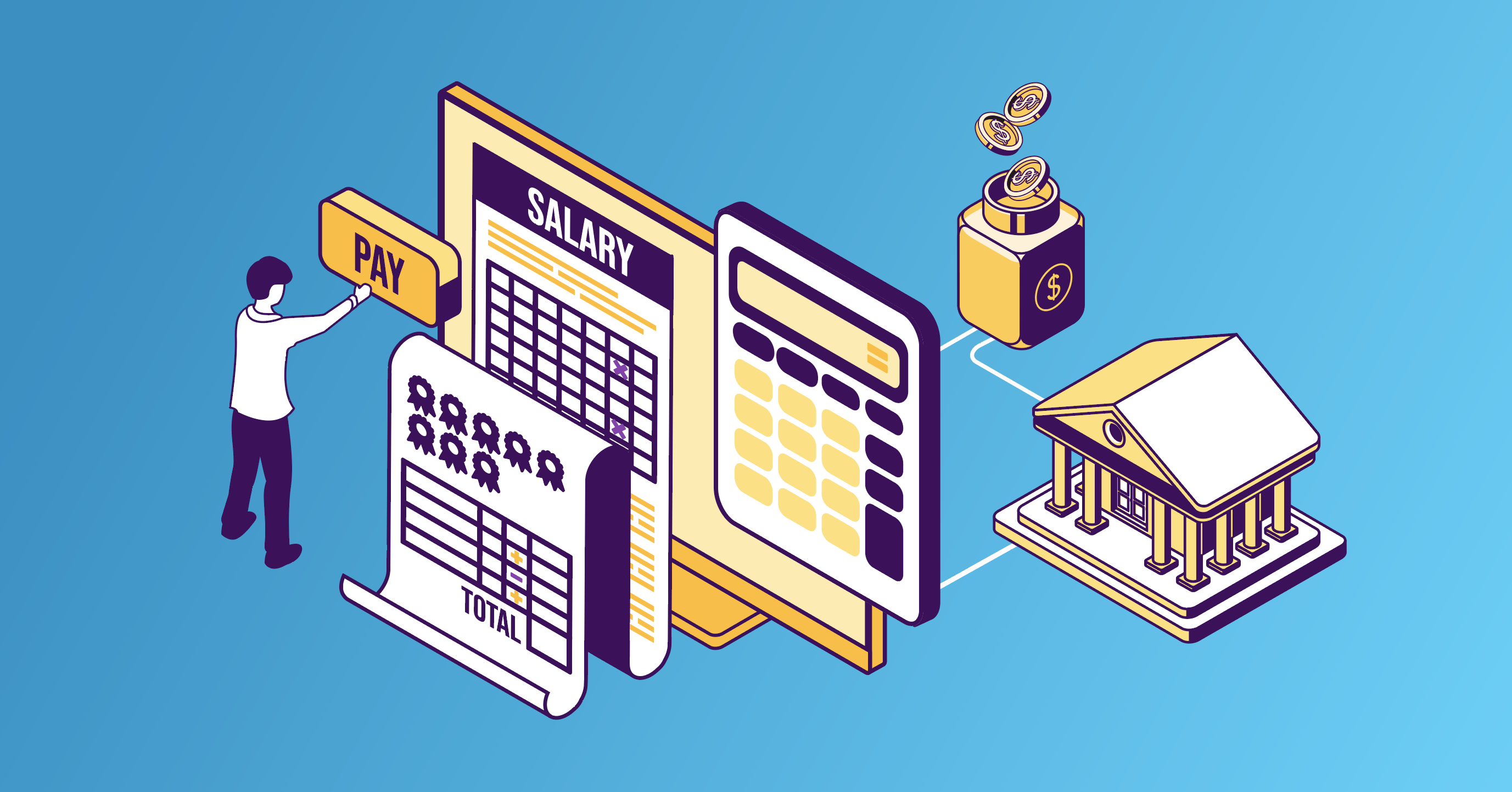Developers have long known of the power of APIs to help connect multiple data sources to simplify processes. Lately, this technology has risen in popularity among payroll providers. Keep reading to learn how this technology is solving real challenges for businesses.
What is a payroll API?
APIs (or Application Programming Interfaces) are helping fuel explosive growth in the fintech space by enabling new applications and services for consumers. An API is simply a set of rules and protocols that allows different software applications to communicate and interact with each other. Payroll APIs, in particular, make access to payroll, insurance, and ERP data more accessible, providing companies insight into consumer data such as total annual income, employment status, and paystubs.
What can a business do with a payroll API?
Payroll APIs enable businesses in spaces like lending and insurance, financial management, and HR and Benefits, to access often siloed and closed data in one place so that they may better serve their customers. Here are just some of the use cases of payroll APIs:
- Income verification: This is the process by which businesses verify a consumer’s income. Without an API, this is typically done via a document or a set of documents to provide a lender or landlord with insight into someone’s ability to pay.
- Employment verification: Verifying employment is the process of proving current or past employment whether on the part of the employer or employee. Reasons for employment verification can be as part of a background check, part of loan underwriting, or simply to determine someone’s eligibility for a particular service.
- Deposit switching: When an employee or a customer seeks to switch out the deposit account into which they receive payment, this is called deposit switching. Prior to APIs, this involved paperwork, phone calls, and often manual configuration.
What are the benefits of Payroll APIs?
1. Faster processing
Consumers can connect any of their financial or payroll accounts to verify their income and employment for lenders in one seamless flow. Lenders are able to leverage online consumer accounts where the necessary data lives, in minutes. This gives consumers access to lines of credit and loans at much faster processing speeds.
2. Less paperwork
With a payroll API, companies can facilitate changes with ease, such as deposit switching or engaging in asset verification for the purpose of securing a loan, without endless paperwork or a lengthy, manual review process. These greater efficiencies make payroll APIs a win-win for companies, employees, and customers alike.
3. Continuous optimization
Payroll APIs improve a consumer’s UX by empowering them to share their data and facilitate changes on their own, while also giving businesses the opportunity to better understand how their customers are interacting with their services, often providing actionable insights into friction points. This feedback helps businesses move faster and make improvements that better serve their users.
4. Increased data security
Despite more customers shifting to online banking, news of hacks and concerns about identity theft remain. But with payroll APIs, consumers can rest easier knowing that their sensitive personal information is safe. With strong encryption and security features, a well-designed payroll API ensures data stays private.
What information can I retrieve or send using a payroll API?
With a payroll API, you can retrieve any data located in an employee’s payroll account. This includes:
- Income data: Gross and net pay, gig worker 1099 compensation, full pay and earning statement information, and more.
- Employment data: Employer name and address, employee hire and end/termination dates, employee job title, and more.
- Payroll data: benefits, deductions, and reimbursements, and more.
Additionally, a payroll API enables you to send information related to payroll processing, such as generating paychecks, calculating taxes, updating employee records, and managing direct deposit information. It offers a convenient and efficient way to integrate your payroll system with other software or applications, facilitating seamless data exchange and automation of payroll-related tasks
Payroll API integration with MeasureOne
MeasureOne’s innovative consumer-permissioned data-as-a-service enables businesses to capture all the benefits of a traditional Payroll API, while also offering businesses a one-stop shop for their consumer data needs now and in the future. MeasureOne offers superior coverage and the ability to configure and add new data sources, geographies, and data types.
Ready to learn more about how MeasureOne can automate your workflow and cut costs with consumer-permissioned data and real-time verification?
Frequently asked questions
For more information, read all about our security here.
Yes. With MeasureOne, you can embed the LINK component within your application context for a native experience.
Learn more about integrating with MeasureOne.
Getting started is easy! You will need API Keys to use the MeasureOne platform. Reach out to sales@measureone.com for more information on generating the API keys and how to get started with MeasureOne's payroll API integration.
All API information is also available here.

